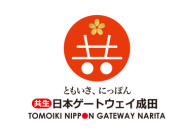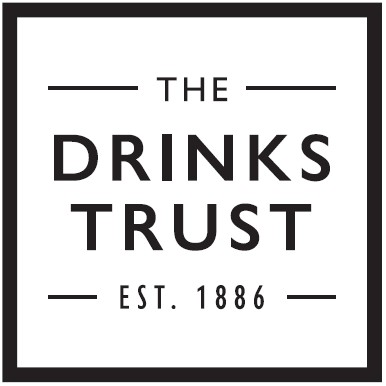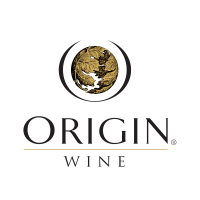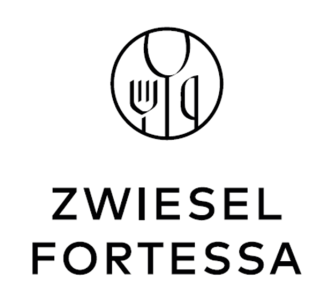In the wine world, the new luxury is no longer defined by price or rarity alone. It is not whispered from marble cellars, nor imposed through gilded labels. It is sensed, constructed - and most importantly - crafted as cultural value. Today's high-end wine consumer seeks more than prestige. They seek identity, emotional resonance and coherence. Luxury has shifted from an aesthetic to a strategy - one that transforms a bottle into a story, a terroir into a symbol, and a brand into a cultural voice.
Indeed, luxury in wine is built before the cork is pulled. It begins with how the brand speaks -visually, narratively, spatially. Is the message intentional? Is it consistent? Is it respectful of the time and place from which the wine comes? Smart wineries have realised that design, hospitality and even silence can be powerful tools of positioning. From weight and texture to the hospitality ritual, everything becomes a code. The question is not "How much does it cost?" but "What does this wine make me feel - and believe?"
Emerging Regions, Global Voices
While traditional European regions have shaped the codes of wine prestige, it is in the emerging territories where new interpretations are taking root.
In South America and South Africa, producers are not burdened by centuries of stylistic expectation. Instead, they are free to build their own languages of luxury rooted in nature, innovation and cultural hybridity. Bodega Garzón in Uruguay,for example, offers a bold architectural statement paired with sustainable design, world-class hospitality and a narrative of modern elegance. Meanwhile, Chile's Vik delivers avant-garde aesthetics, radical oenological vision and immersive experiences set in an untamed landscape - luxury redefined through contrast and intention. Mendoza icon Zuccardi, spectacularly situated in the Uco Valley, is another perfect example: landscape, architecture and narrative aligned into a sensory and intellectual experience. None of these houses rely on gold or scarcity. They rely on meaning..jpg)
A Playbook for Strategic Prestige
For wineries aiming to enter the luxury segment, a few questions are worth asking. What emotion does my brand evoke? Does every detail - from label to light in the tasting room - align with our positioning? Do we communicate why we make wine - not just how?
Lastly, are we building long-term cultural capital, or just marketing campaigns?
Luxury is about depth, not noise. In a world oversaturated with information, what stands out is what is intentional, honest and well-composed.
True prestige, however, is never built alone. It relies on an ecosystem: sommeliers who recommend with pride, retailers who curate with intention, educators who explain the nuance, and awards that elevate the collective. The luxury wine community should not be an exclusive club - it should be a strategic alliance of excellence. And that is where global platforms like the International Wine Challenge play a transformative role: by connecting quality with narrative, and narrative with future markets.
So let's craft a new luxury, together. If stakeholders want wine to be more than a commodity, we need to treat it as cultural capital. That means building brands that do not shout, but inspire. Territories that are not merely regions, but identities. Experiences that do not simply impress, but move.
Let's not replicate the old codes of prestige.
Let's craft a new luxury - rooted in meaning, coherence, and cultural belonging.

The New Luxury: Crafting Cultural Value Through Wine
True luxury in wine is about meaning, not price, says Maria Laura Ortiz Chiavetta. From emerging regions to iconic estates, producers must tell stories that evoke emotion, and redefine prestige.
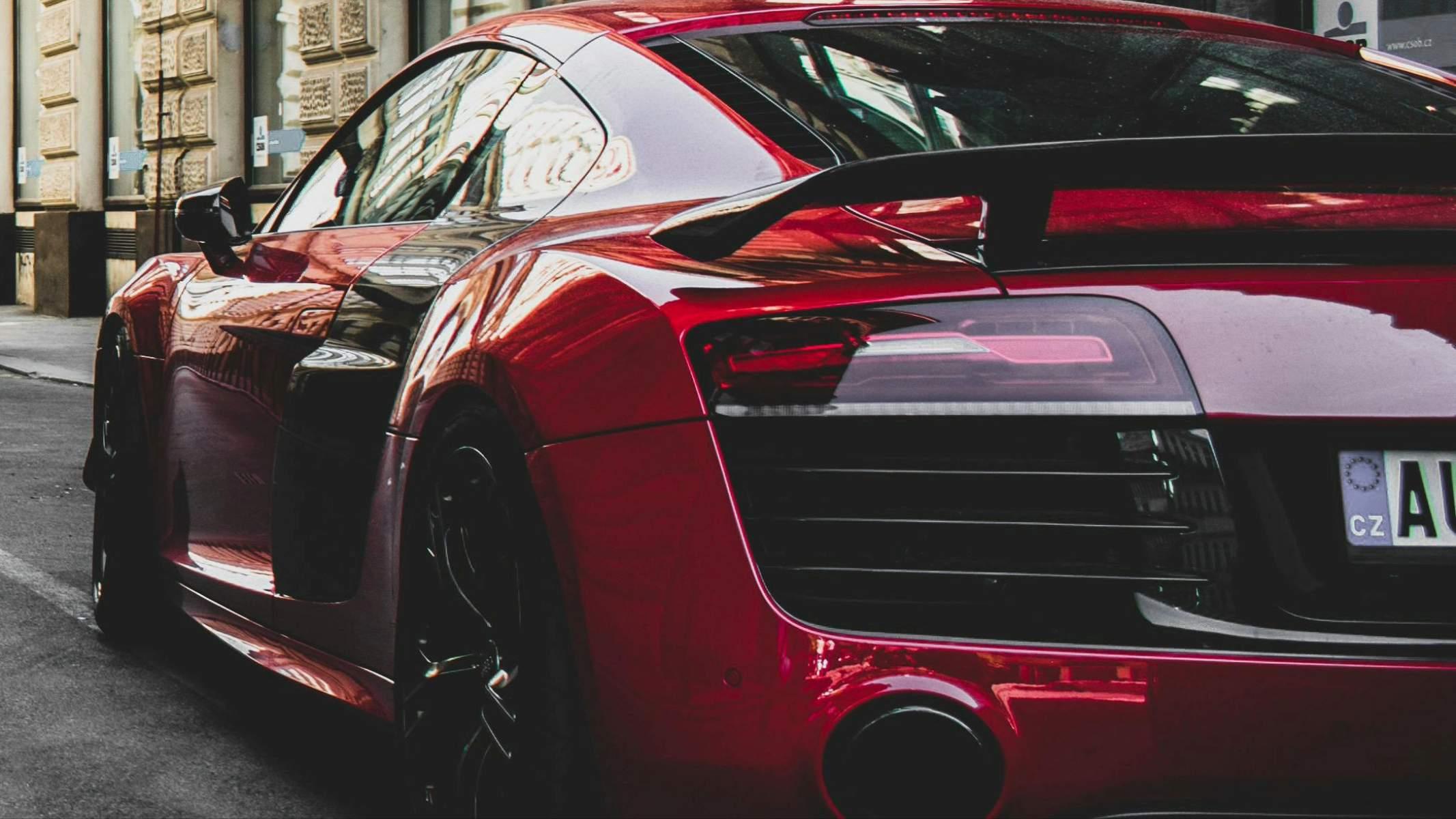
Luxury branding must evolve, say experts










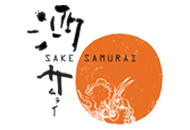
.png)
